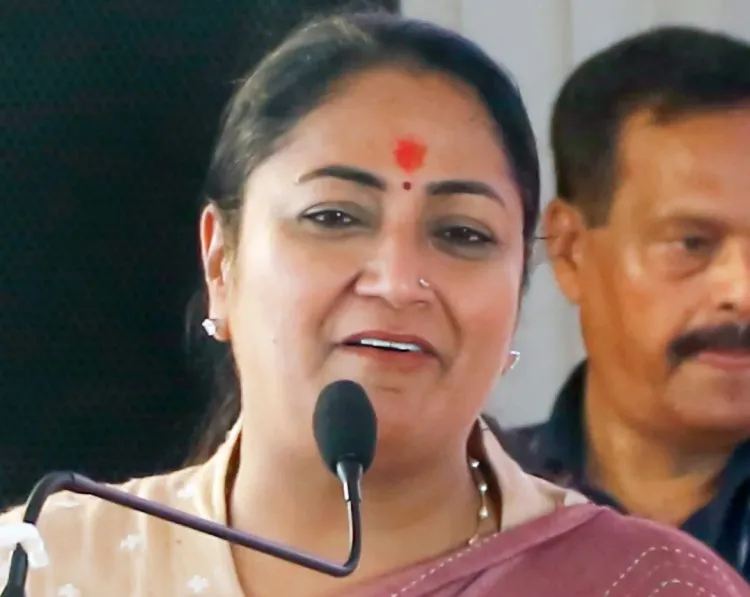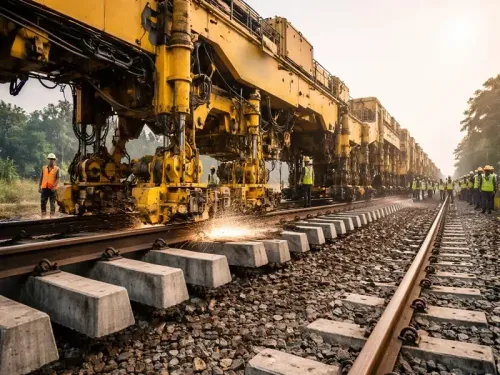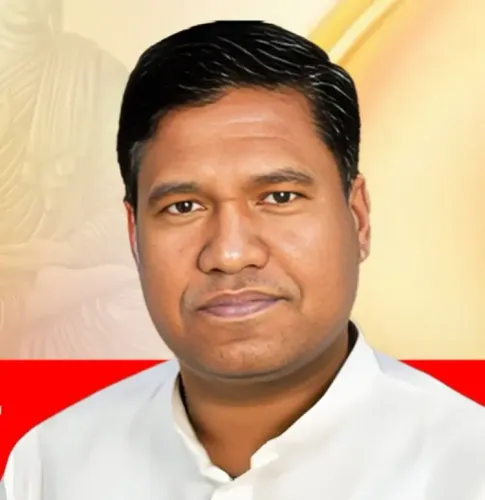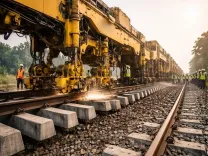Will the Supreme Court Accept Delhi's Plea for Non-Polluting Vehicles Without Age Restrictions?

Synopsis
Key Takeaways
- Delhi CM advocates for non-polluting vehicles.
- The Supreme Court is urged to reassess age restrictions.
- Focus on emissions rather than vehicle age is emphasized.
- The move aims to ease burdens on middle-class citizens.
- Importance of BS-6 vehicles in pollution control is highlighted.
New Delhi, July 26 (NationPress) Delhi Chief Minister Rekha Gupta expressed optimism on Saturday that the Supreme Court would acknowledge her administration's request to permit all fit and non-polluting vehicles to operate within the city limits, regardless of their age—a regulation that aligns with practices across the nation.
"We have argued before the Supreme Court that as long as a vehicle is non-polluting and possesses a fitness certificate, it should not be classified as an end-of-life (EOL) vehicle and removed from the roads," she stated during an event in her Shalimar Bagh constituency.
"I am hopeful that the Supreme Court will review our petition and provide relief to the residents of Delhi," she added, emphasizing that fitness should be prioritized over age as the deciding factor for vehicle operation in Delhi.
"If a vehicle is polluting, even if it is only five years old, it should be prohibited from being on the roads. However, if an older vehicle is fit and its emissions are non-polluting, it should not be compelled to leave the streets," she continued.
The Chief Minister asserted that the Delhi government must present public sentiment regarding the EOL vehicle ban to the court, criticizing the previous Aam Aadmi Party (AAP) for not adequately addressing pollution in the city.
The Delhi government has formally approached the Supreme Court to seek a revision of the ban on EOL vehicles, which includes diesel vehicles older than ten years and petrol vehicles over fifteen years within the Delhi-NCR region.
The Rekha Gupta administration is requesting the court to reassess the 2018 ruling that imposes the vehicle age limitation and to concentrate on more targeted, scientific, and equitable strategies to mitigate pollution.
This initiative represents a significant challenge to an existing directive from the Apex Court that has faced criticism for its perceived lack of sophistication and disproportionate effects on middle-class vehicle owners.
Earlier this month, the Delhi government sought a pause on the Commission for Air Quality Management (CAQM)'s order to cease fuel sales to older and polluting vehicles, citing technological issues and the unavailability of vehicle databases from neighboring states.
The Chief Minister noted that a unified ban across the NCR would be the optimal approach to combat the issue of polluting, EOL vehicles.
In its petition to the Supreme Court, the Delhi government requested that the court instruct the Central government or the CAQM to conduct a thorough scientific study.
The government's application argues that this study should evaluate the real environmental impact of the age-based vehicle ban and determine whether it substantively contributes to air quality improvements in the National Capital Region (NCR).
The plea underscores the necessity to reassess the effectiveness, practicality, and fairness of a blanket age-based restriction. The government advocates for a more sophisticated, emission-based regulatory framework that considers individual vehicle emissions and roadworthiness rather than merely age as a disqualifying criterion.
"The current approach demands universal compliance, failing to differentiate between highly polluting and well-maintained, low-use vehicles," the application stated. "This misalignment does not support the overarching goal of effectively lowering pollution levels in the region."
The Delhi government further pointed out that BS-6 (Bharat Stage 6) vehicles, recognized for their cleaner emissions, release significantly fewer pollutants compared to their BS-4 predecessors. They contend that many vehicles currently affected by the ban are well-maintained, compliant with emission standards, and utilized infrequently, leading to minimal emissions.
Research indicates that such low-usage, older vehicles make a negligible contribution to overall pollution, raising concerns about the ban's proportionality.
The government cautioned that the directive has imposed undue burdens on middle-class families who may depend on these vehicles for essential transportation.










